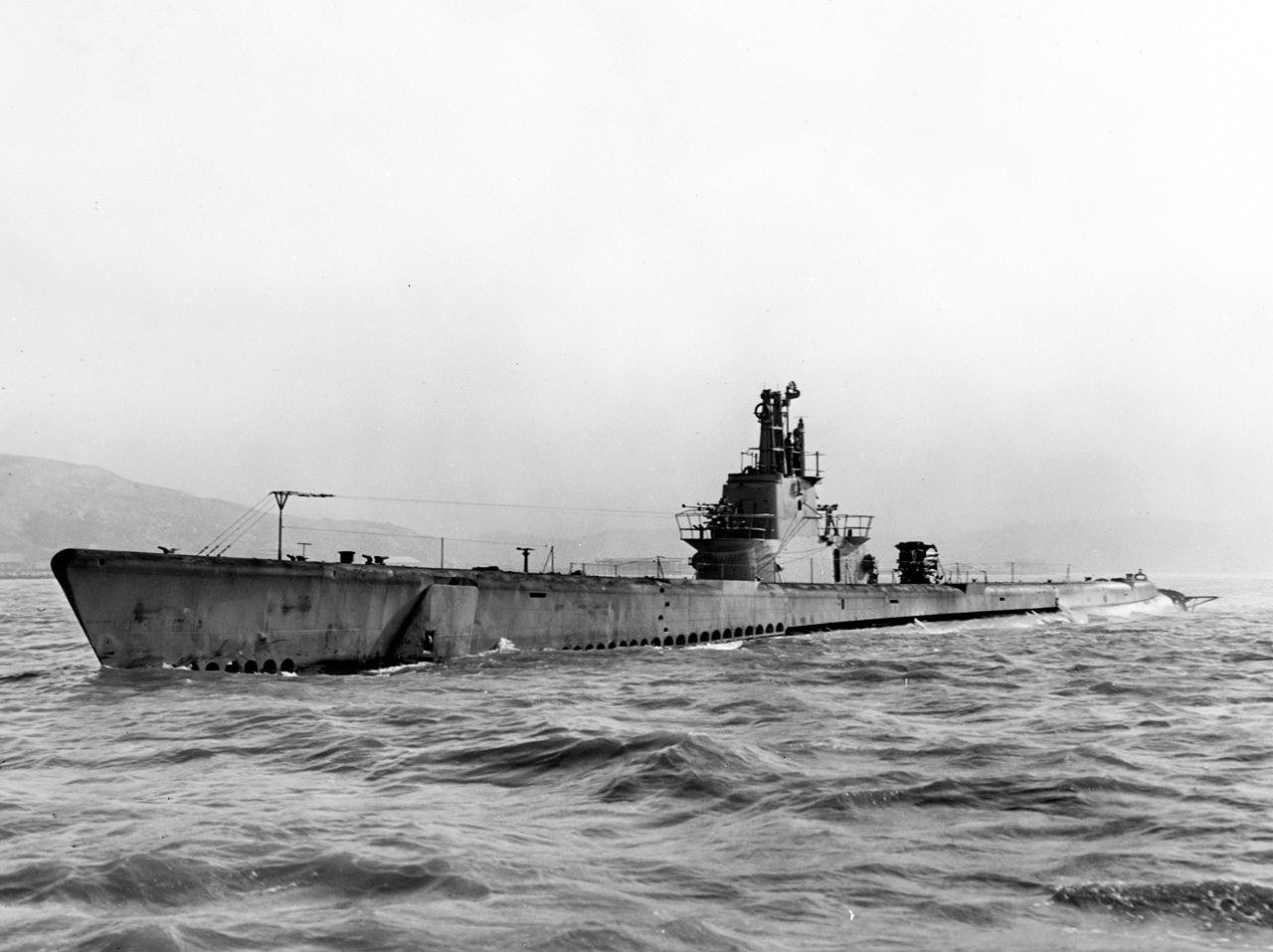by Priscilla Rall
John Henry Lehman was born in Reed near Hagerstown in 1922 to J. Henry and Elizabeth Hege Lehman. His grandfather, a Mennonite, owned and operated the Lehman’s Mill on Marsh Creek, one mile south of the Mason Dixon Line. The mill, first built in 1869, had been rebuilt three times, the last time using bricks made at the mill by Marsh Creek. The mill ground corn, buckwheat, and wheat for human consumption and for animal feed. It still had the original stone-grinding stones imported from France. His grandfather was progressive for those days. He installed a telephone in the mill and got rid of his horses and wagon, buying a truck to deliver his wares.
This upset the elders of the church, but Grandfather Lehman insisted that he was running a business and needed the phone in the mill. This might have been the reason that John was raised in the Lutheran Church. Eventually, the mill was sold to a woman who removed all of the milling equipment and then sold items made by the local women.
John’s father worked for the Western Maryland Railroad until the Great Depression hit and he was laid off.
John and his two sisters attended the Bridgeport school on the Cavetown Pike by Antietam Creek. It had one room, one stove, and one teacher. Later, they went to school in Hagerstown. The family survived the Depression, as their grandfather hired his father for small jobs and such. The Mennonites did not lose their money when the banks failed, as they only dealt in cash, which they kept in their homes, not trusting banks. The Lehmans saw many hobos during this time. John’s mother would always find enough to feed them a meal before they journeyed on, looking for work.
The family had a half-acre garden where the children would help plant, pull weeds, and harvest. At this time, they lived along the Cavetown Pike. Sometimes they would go to Hagerstown to the movies, but that was all the entertainment they had.
After graduating from the old Hagerstown High School, John went to the Bliss Electrical School in Tacoma Park for one year. Amazingly enough, Mr. Bliss had once worked for Thomas Edison! John then briefly worked for the C&P Telephone Company, but the war caught up with him. Before he was to be drafted, John joined the U.S. Navy. A naval officer had visited the Bliss School and encouraged the boys to complete the course, saying that they would then be very useful to the Navy. So, the Navy it was!
At the Naval Yard, John continued learning about radios, even building crystals sets and one-tube radios. He returned to Bliss, which by now was under the Navy, and learned more about the budding science of radar. He then traveled to San Francisco and spent six months studying radar. Then, he was off to New London, Connecticut, to learn specifically about radar used on submarines. After finishing these courses, he traveled back across the country to Mare Island, where he joined the crew of the USS Barb (SS-220). With Captain John Waterman, John made five combat patrols in the North Atlantic and sunk one German ship. The seventh patrol began with a trip through the Panama Canal, and then off to Pearl Harbor, where Eugene Fluckey joined the crew for his final training. Waterman was old-school, and Fluckey was from the new; they clashed repeatedly. John could hear this from where he was stationed. Finally, Waterman said, “Shut up…I’m the captain!”
Commander Fluckey captained the submarine during the next seven war patrols, between March 1944 and August 1945, when the Barb sunk 17 enemy vessels. In addition, when a “hell ship” carrying Australian and British POWs was unknowingly sunk (as she had no identification) by the SS Sea Lion, the Barb raced for five days to reach the survivors just before a typhoon hit. She was able to rescue 14 Allied POWs from the SS Rakuyo Maru.
Captain Fluckey considered Lehman one of the best radar men he sailed with, noting him several times in his book, Thunder Below.
The last two patrols were particularly impressive. The Barb sank four Japanese ships, including an aircraft carrier, in the East China Sea, off the coast of China. Next, with John constantly monitoring the radar, the Barb sailed up a busy harbor on the Chinese coast, launching her torpedoes at a convoy of 30 enemy ships at anchor. This was the easy part…getting out of the harbor safely to open water was the tricky part. Then, running on the surface, she retired at high speed through the uncharted harbor, full of mines and rocks. Seaman 1st Class Layman was at his station the entire time. For this audacious feat, Fluckey was awarded the Medal of Honor and the USS Barb received the Presidential Unit Citation.
After John left the Navy, he worked for the telephone company. In 1960, he married Anne Pearce and adopted her two children from a previous marriage. They had one son, William, together. They eventually retired to Frederick at Homewood. John passed away on March 5, 2021, the last crew member of the famous submarine, the USS Barb.

USN — Official U.S. Navy photo 19-N-83952 from the U.S. Navy Naval History and Heritage Command.
USS Barb (SS-220)

